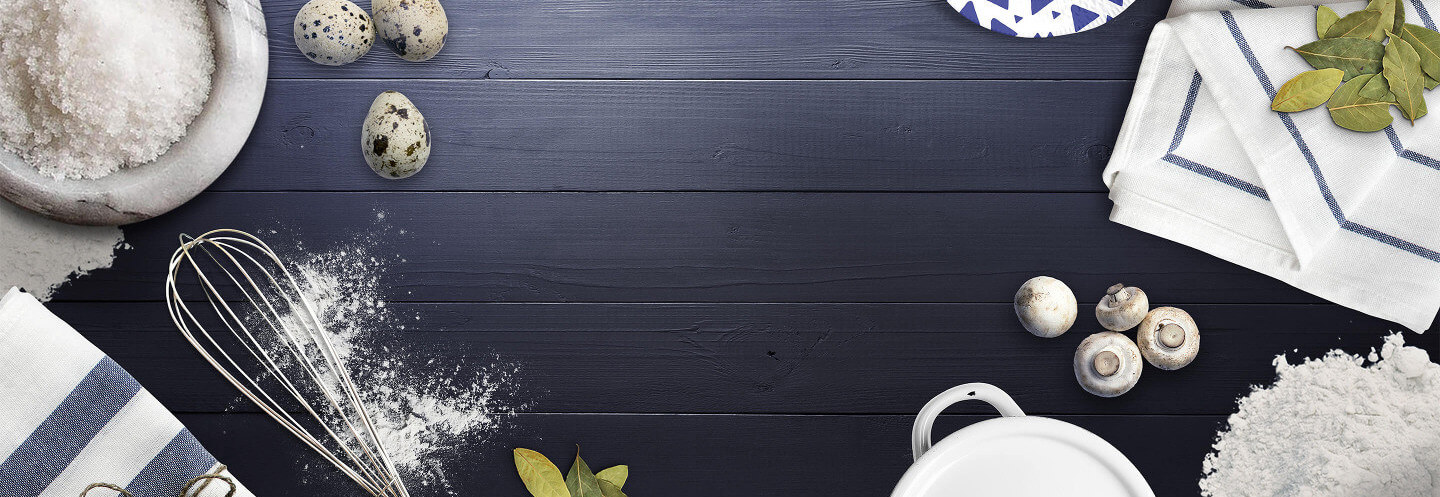https://www.copymethat.com/r/O8L8IpEYF/how-to-make-mug-cakes-that-actually-tast/
26113802
iEm2m03
O8L8IpEYF
2024-04-16 21:29:29
How to make mug cakes that actually taste good
loading...
Ingredients
Steps
Notes
- 7 Essential Tips for Mug Cake Baking
- 1. Use self-rising flour. You can make a small batch if you can't find it at the grocery store by combing 1 cup all-purpose flour + ¾ teaspoon baking powder + a pinch of kosher salt, but store-bought self-rising flour will produce better, more consistent mug cakes.
- 2. One large egg = two mug cakes. The recipe developer for this cookbook found that it was impossible to make a one-egg cake with the right ratio of ingredients that would fit in a single average mug. And splitting an egg in two is a pain. Therefore, her recipes make enough better for two mugs. Be sure to use large eggs, not extra large.
- 3. Anything microwaveable will work. Glasses, jars, ceramic ramekins, or even paper cups. The most important thing is not to fill it more than half full with batter. Use your best judgment and experiment. It only takes one or two mug cakes to become an expert.
- 4. Again, don't fill any mug more than half full. This is the golden rule of mug cake baking. If you stick to that, you will avoid overflow.
- 5. Start with the shortest cook time your recipe lists first. Check the cake by carefully touching the top. It should be firm and springy, not at all doughy. If it's not done, keep cooking it in 15-second bursts.
- 6. Mug cakes will be blonde. The golden brown on the top of a traditional cake is created by caramelization of sugar, which occurs at 320ºF. A microwave doesn't get much hotter than 212ºF - the vaporization point of water. So your mug cakes won't brown, and that's fine; they may be finished cooking anyways.
- 7. Sinking happens. Mug cakes often deflate a little bit. They still taste delicious and there's no need to be discouraged - but don't fill it up more than halfway; it won't he


